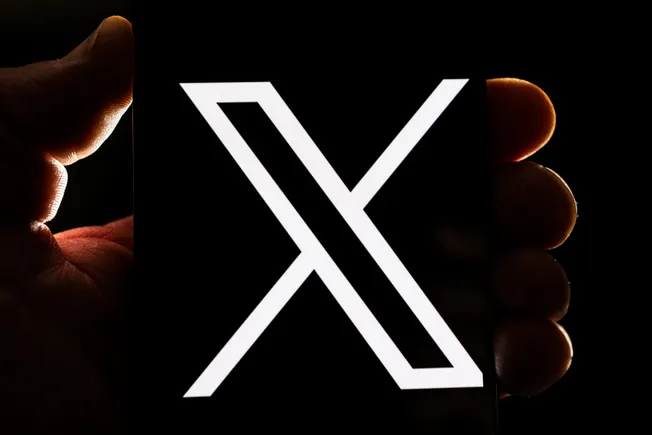DONETSK OBLAST (UKRAINE) – APRIL 3, Ukrainian soldiers from Da Vinci Wolves Battalion fire artillery … [+]
Prior to social media, it was difficult to monitor a situation in real-time without actually going to the zone. The fighting in Ukraine can now be shared via social media thanks to every soldier having a smartphone.
There is no denying that some of the footage is raw and brutal, while some of the clips posted to social media are now so polished, curated, and edited – not to mention accompanied by upbeat music – that it increasingly resembles footage from a video game. These clips could be used to propagandize, which is why there is concern from both Kyiv as well as Moscow that they are using them for their war narratives.
There is a growing concern about this “war porn”, as it can depress some viewers and take away the human aspect. With every explosion that results in the destruction of a tank, or every rocket that is launched on an enemy position likely results in the loss of life – a tragedy regardless of who is dying. Wives will lose husbands and wives will lose children. Mothers will lose their sons.
These videos on social media are missing this part of the equation.
Jeffrey S. Debies–Carl, an associate professor of sociology at Yale University’s Department of Psychology and Sociology, warned that there is danger of people mistaking video footage for entertainment.
Debies-Carl suggested that this is likely to be exacerbated by the censoring of videos in order to remove most offensive parts. This sanitizes both the war and the videos. It is different from seeing the actual suffering of people. It is possible to mistake a cleaned-up version of what you see for the true thing, even if it does not contain any horrors.
Debies-Carl also noted that Emmett Till’s uncensored photo of his mutilated body on another continent was such an empowering, powerful force. This is especially because Emmett’s mother was included in the photograph.
Debies Carl said that “not only is it obvious, but so is her suffering.” Many people will sympathize and share her pain. Uncensored footage of war can show the human side of conflict. The horror and pain experienced by survivors of the war who have lost their loved ones is quite shocking and powerful.
It is clear that these videos are entertainment.
Use War Porn as a Propaganda Weapon
Another part of the equation is that these videos aren’t just meant to entertain – if they ever were – but they are actually being used as a propaganda tool. These videos are not intended to present an objective view of the conflict. They show a glimpse of what one side would like the rest of the world see.
Because it’s so simple to make videos editable, it makes sense that we have to ask ourselves what fact is and what propaganda is. Now, war porn is just one more form of misinformation that can be easily shared via social media.
Debies-Carl stated, “I like to think of it as how individuals viewing these videos can decide the trustworthiness”
While intelligence agencies and news organizations have sophisticated investigatory and forensic methods to determine the authenticity of videos, individual viewers must use less reliable methods.
Debies-Carl advised that before you try to determine if the video is true or false, it would be a good idea to remember that we all can be fooled. People like to believe that they are immune to manipulative messages and persuasive speech. These same people can be most vulnerable to manipulative messaging because they aren’t aware of the need to be cautious and don’t believe they should admit when they’re wrong.
To determine what truth we believe, it is important to ask critical questions about where the information came from. Is it the person who recorded the video? It was shared by who? What number of news agencies have picked it up?
Debies-Carl stated that “if not enough information is available, maybe because it’s too new”, then there is enough reason to be suspicious. Next, consider the psychology of how videos are perceived. These are the characteristics of both purposeful propaganda as well folklore and rumors.
Debies-Carl said that “Ghost of Kyiv”, is an example.
What person wouldn’t be enthralled by the heroic flight of an ace who saved the Ukrainian people against tyranny?” It was a bit too dramatic and exaggerated. He noted that the video didn’t hold up to scrutiny. However, it wasn’t difficult to see the truth of what was happening.
The Historic Record
Last, consider how this footage will be saved. According to some, every social media post will be preserved forever. While there will be questions in the future about who has this footage, that is a topic for another day.
Future historians will be able to see the fighting in these short videos, which is something that was not possible with previous conflicts. The American Civil War was also first documented with photos, while the First World War had some footage captured with motion pictures cameras. Now, not only is the conflict in Ukraine the first war on social media, but it’s the first war that has been recorded with smartphones. It will likely be the largest smartphone-based war, with millions of hours worth of content.
This would allow war crimes to have better documentation, as well as historic moments being preserved and not falling into the realm of legend.
Debies-Carl said that historians might have more information from the conflict than others and may be able to tell an objective and more complete story than those who rely on limited recording and interviews. The information available to war crime attorneys will be similar. It will also be crucial to understand the sociology and causes of conflict through propaganda. This all goes back to your original question. To be able distinguish good from bad information, we will need to have the ability to recognize them. It is certain that conspiracy theorists, as well mystery-mongers, will be able to use a lot of this information. There will also be positive opportunities.
Debies-Carl also warned that because so much footage could be out there, it may also present opportunities for it to be manipulated – as we’ve already seen. We will soon have difficulty determining which footage is genuine when the ‘deep fakes are better and more widely distributed. We will use the lessons learned now from dealing with the flood of questionable video clips as a guide for our greater challenges ahead.

















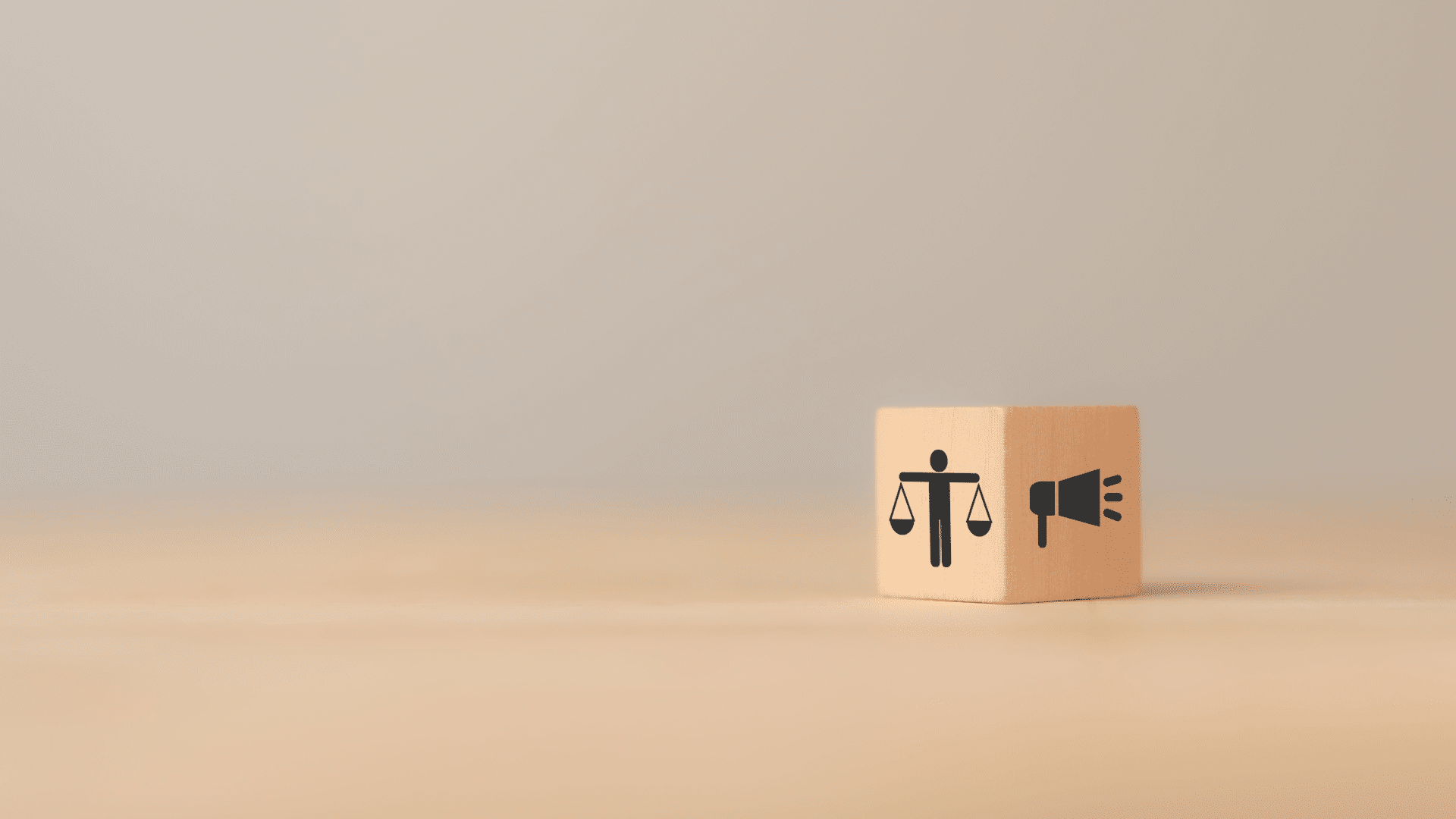












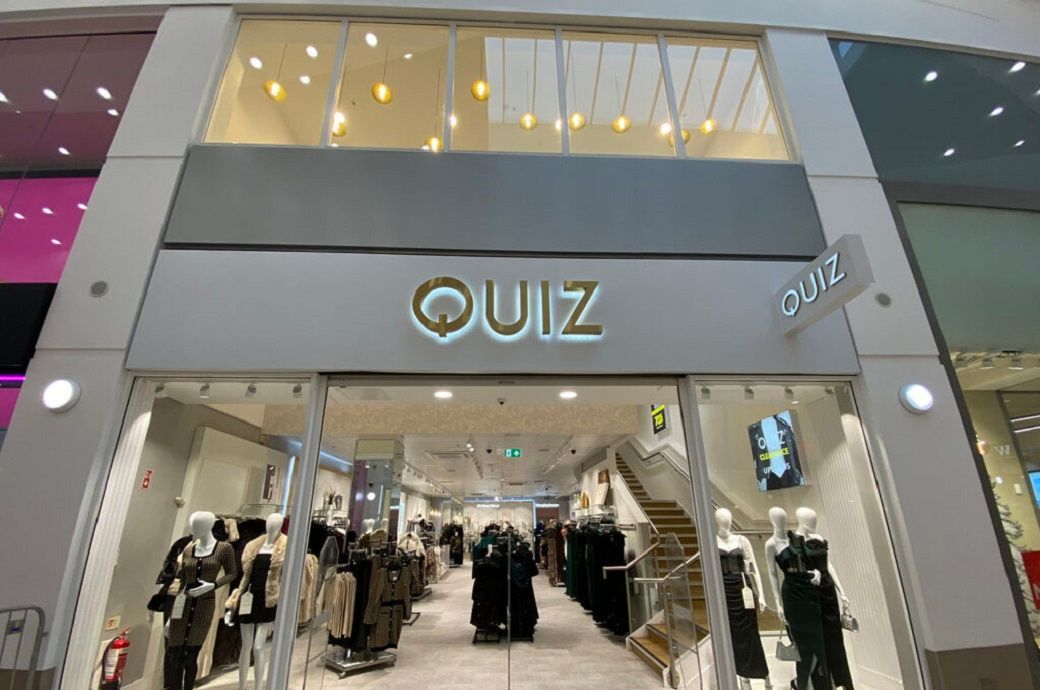











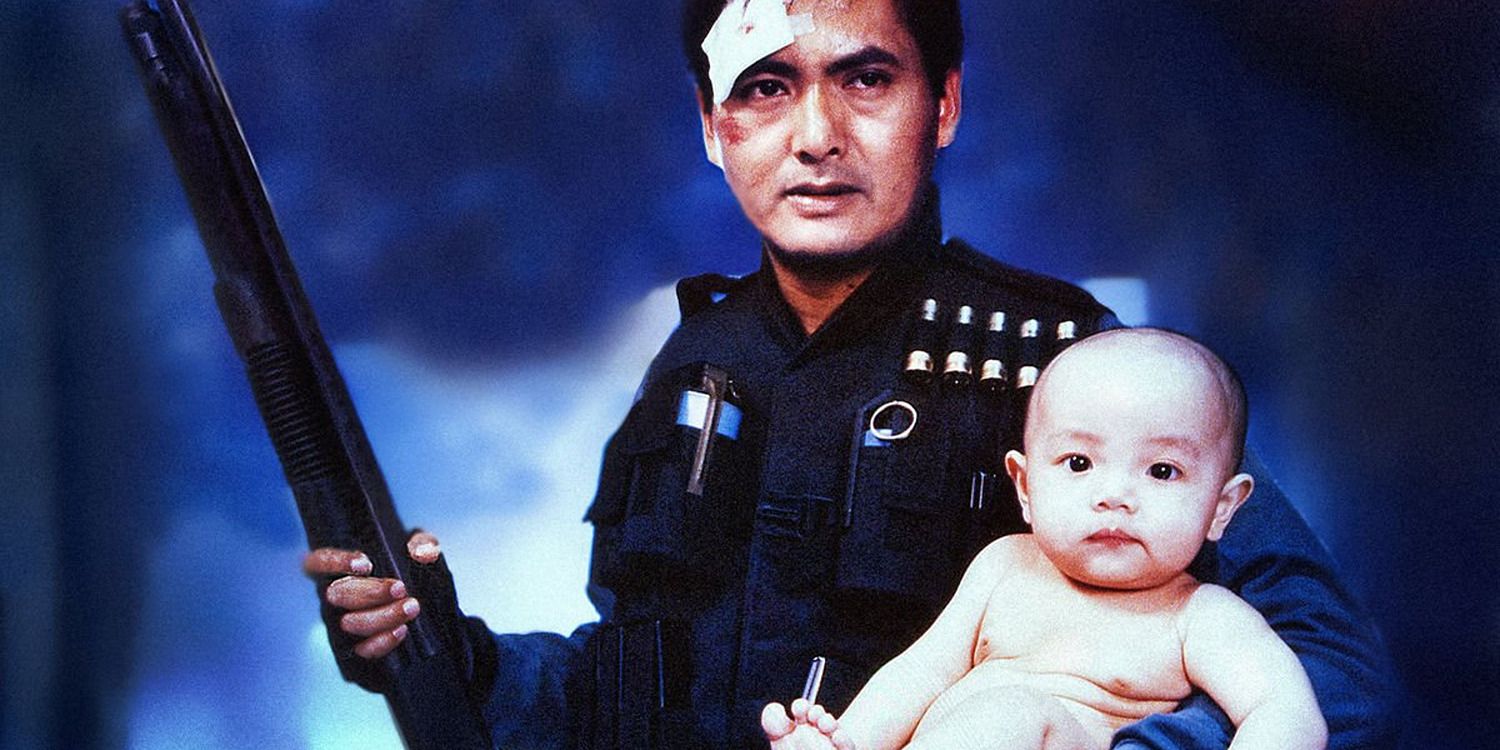




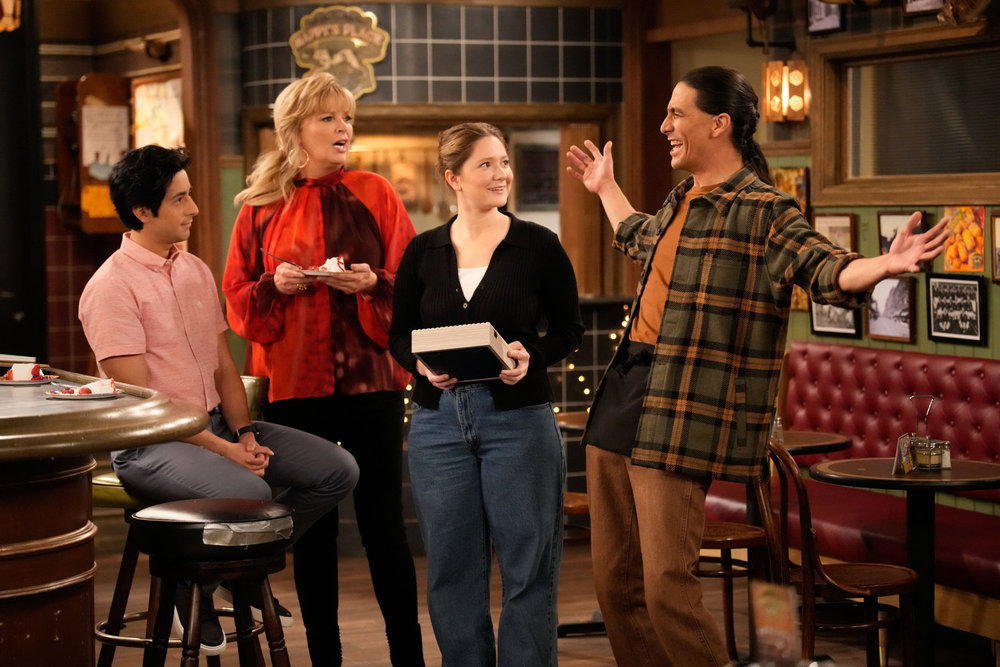
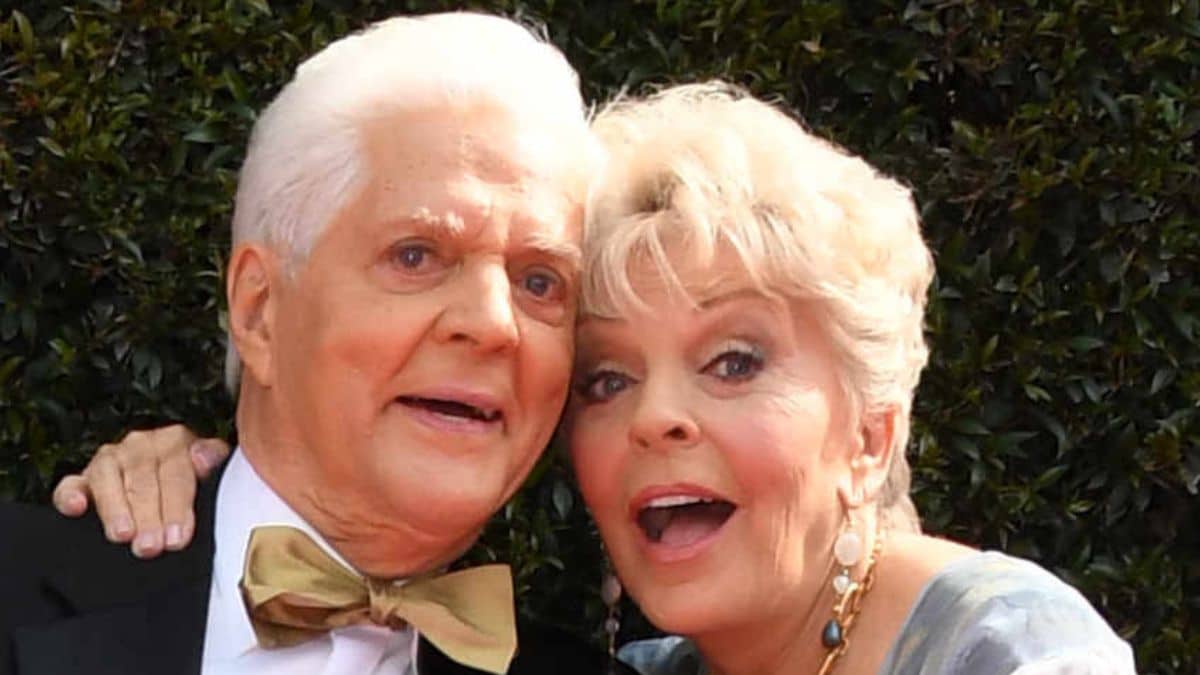











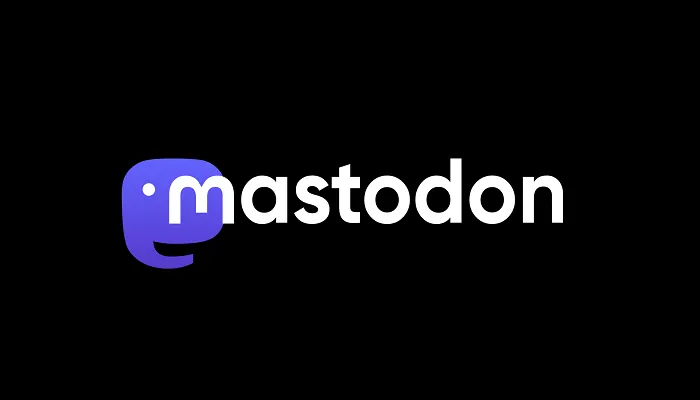






![20 Predictions for Social Media in 2025 [Infographic] 20 Predictions for Social Media in 2025 [Infographic]](https://imgproxy.divecdn.com/HMVhRh2JvYwAse_QsxNWdYtb_Of31-oCF2OnUe4eZqA/g:ce/rs:fit:770:435/Z3M6Ly9kaXZlc2l0ZS1zdG9yYWdlL2RpdmVpbWFnZS9zb2NpYWxfbWVkaWFfdHJlbmRzXzIwMjVfMi5wbmc=.webp)
